SUMMARY
This is AI generated summarization, which may have errors. For context, always refer to the full article.
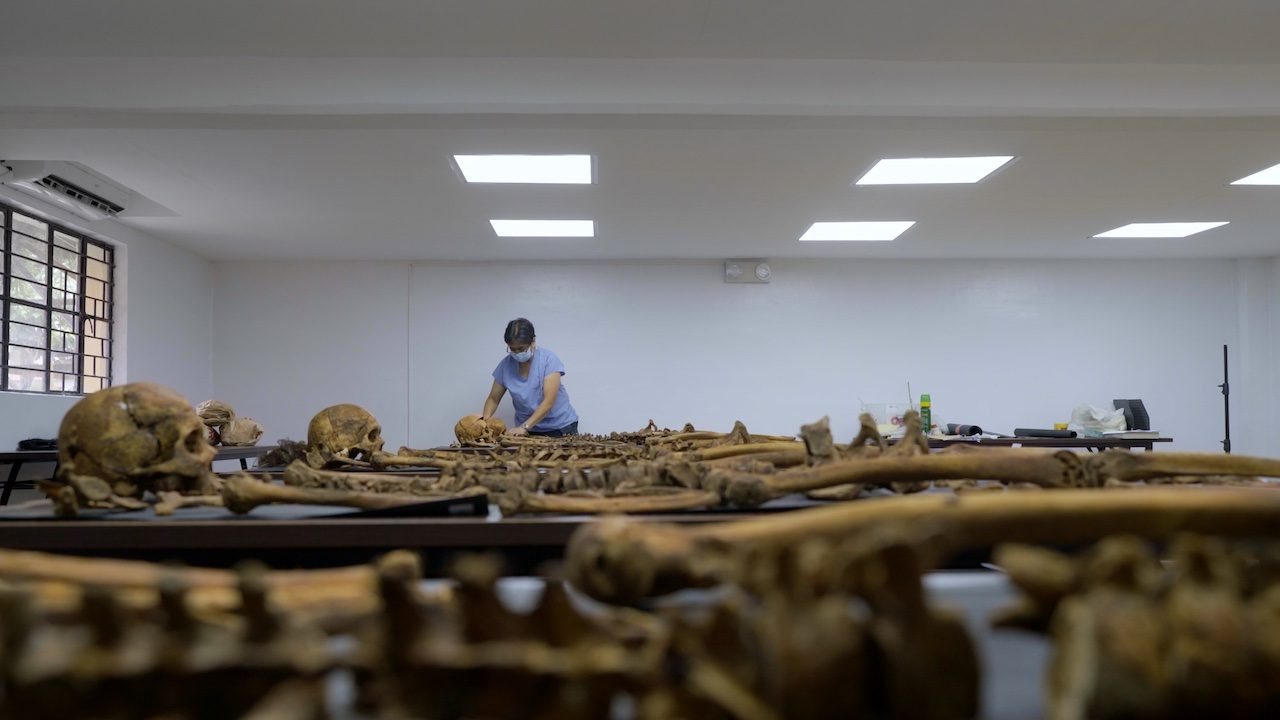
Before embracing filmmaking, Sheryl Rose Andes had spent a decade working on human rights issues. In 2017, in fact, she was part of the team that worked on a story about the previous administration’s so-called war on drugs for the television documentary show I-Witness.
Little did the director know that this experience, although short-lived, would lead her to meeting Bryan Brazil, who would become the producer of Maria, the first full-length documentary film in the history of the Cinemalaya Philippine Independent Film Festival.
“Maria was his (Brazil) original concept, but he gave it to me because he said, ‘It is better for a female director to tell this story,'” Andes told Rappler. “I embraced it fully. It has been three years since I took [it] on and developed it, [with] six months in post-production….”
“Ang nasa mindset ko that time kasi [ay] may material [na kami] since 2016…. Ang dami naming material sa mga patay, [sa mga] pinagbabaril sa kalsada, sa bahay na parang kung iki-keep lang natin siya sa hard drive, parang as a filmmaker, meron tayong responsibility na kailangang gawin,” said Brazil when asked about the decision to produce the documentary in a Zoom interview hosted by the Society of Filipino Film Reviewers (SFFR).
(My mindset at the time was that we already had this material since 2016. We had so much footage of the dead, of people getting shot in the streets and their homes. As filmmakers, it’s like we had a responsibility to use this instead of just keeping it in a hard drive.)
“It might sound so cliché, pero kailangan eh. Kung hindi mo siya bubuksan, tutulong ka pa sa pagbaon ng kuwento ng mga taong ito,” added Brazil.
(It might sound so cliché, but it was necessary to do it. If we didn’t use that footage, we would be complicit in burying these people’s stories.)
In Maria, Andes and her team journey with three women, all named Maria, who bear the brunt of former president Rodrigo Duterte’s bloody drug war campaign and culture of impunity. Along with nine other finalists, the film is set to screen at the independent festival from August 4 to 13.
“Na-witness namin talaga, lagi sila in their vulnerable state as a mother and wife na tipong mga dati silang housewife pero they were pushed talaga to really strive for their family or else wala talagang patutunguhan ‘yung pamilya [nila],” said Andes in the SFFR interview. “I think nag-worsen actually ‘yung multiple burden sa kababaihan, sa mga nanay.”
(We witnessed how they were always in this vulnerable state as mothers and wives. Before, they were just housewives, but they were pushed to really strive for their family’s well-being or else nothing would become of them. I think the burden on them as women, as mothers, worsened.)
The film is also Andes’ comeback to Cinemalaya’s main competition category, following her 2019 entry and first feature film Pandanggo sa Hukay, an adaptation of Andrian Legaspi’s Palanca-winning script of the same title.
Here, Andes talks about the journey to creating Maria, her fascination with documentary films, and telling marginalized stories as a woman.

‘Maria’ is the first documentary film to compete against narrative feature-length films in Cinemalaya history. How did you feel when you got the news?
I feel honored but, at the same time, pressured for Maria to be chosen as the first documentary in the feature-length category in Cinemalaya. Our batch was the first one to undergo the Cinemalaya film lab in 2021, and I was already filming at that time. There was a time during the film lab [when] I would miss our session because I had to shoot, and they would understand because there’s no “take 2” in documentary compared to fiction.
For documentary filmmakers here in our country, we usually submit or apply for grants abroad since opportunities here are becoming [fewer], even though our docu community is flourishing. I think we just need to break boundaries or be a changemaker for our relevant stories to be heard. I am actually enjoying my Cinemalaya journey because there is some kind of “spotlight” for documentaries now, which are always marginalized. I hope I can influence more people to pursue documentary filmmaking. We need it more now. I know that it is not a walk-in-the-park kind of experience, but I tell you, it will feed your soul to be a better person and storyteller.
The film tells the story of three women named Maria pursuing justice following Duterte’s so-called war on drugs. Why choose this subject?
I believe that documentaries have the power to retell history. I am a post-Martial Law baby. I relied on my privileged middle-class status with UP education, plus great history teachers from elementary to high school, as well as watching documentaries to fully grasp what Martial Law is and was. And here we are right now. They are back in power. Martial Law happened 30 years ago, the so-called drug war was just seven years ago. I don’t want people to remember just the statistics on the reports. These are the stories beyond the statistics.
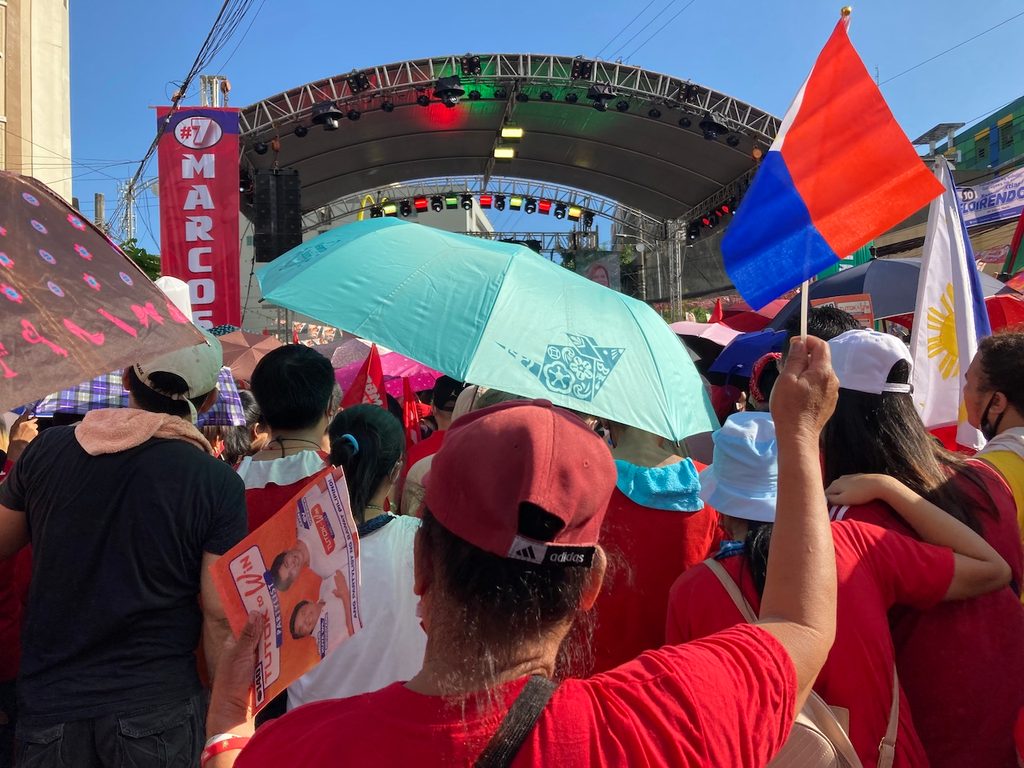
You directed ‘Pandanggo sa Hukay,’ which was also an official Cinemalaya entry in 2019. What made you decide to submit to the festival again and present this particular story through the documentary form?
Pandanggo sa Hukay also has a subliminal message on the drug war and the culture of violence we live in. For Maria, [we had] been brainstorming about it in 2020, and then COVID happened. We were preparing to pitch it abroad (for a production grant). When we checked with Cinemalaya guidelines [and learned] that they are open for documentaries, we really just tried if we could make it. Out of 200-plus entries, down to 40 for pitching, to 20 for film lab, [we are now] part of the 10 finalists.
Can you share about the first time you became fascinated with documentaries?
Whew, this is tough. But I entered film school because I really want to be honed in documentary filmmaking. [Sadhana Buxani and] Ditsi Carolino’s Minsan Lang Sila Bata is on top of my list of films that changed me, and my go-to documentary, if I want motivation in life, is Ramona Diaz’s Don’t Stop Believing. Cut to present time, Ditsi is a good friend of mine, and I have attended a Master’s class under Ramona Diaz.
For foreign documentaries, I like how Anthony Bourdain brings us to different cultures and places through food; Sharmeen Obaid-Chinoy’s docu on the impact in policy changes in Pakistan; Honeyland’s picturesque scenery of North Macedonia; and the short treatment of focus in Op-Docs. The list still goes on.
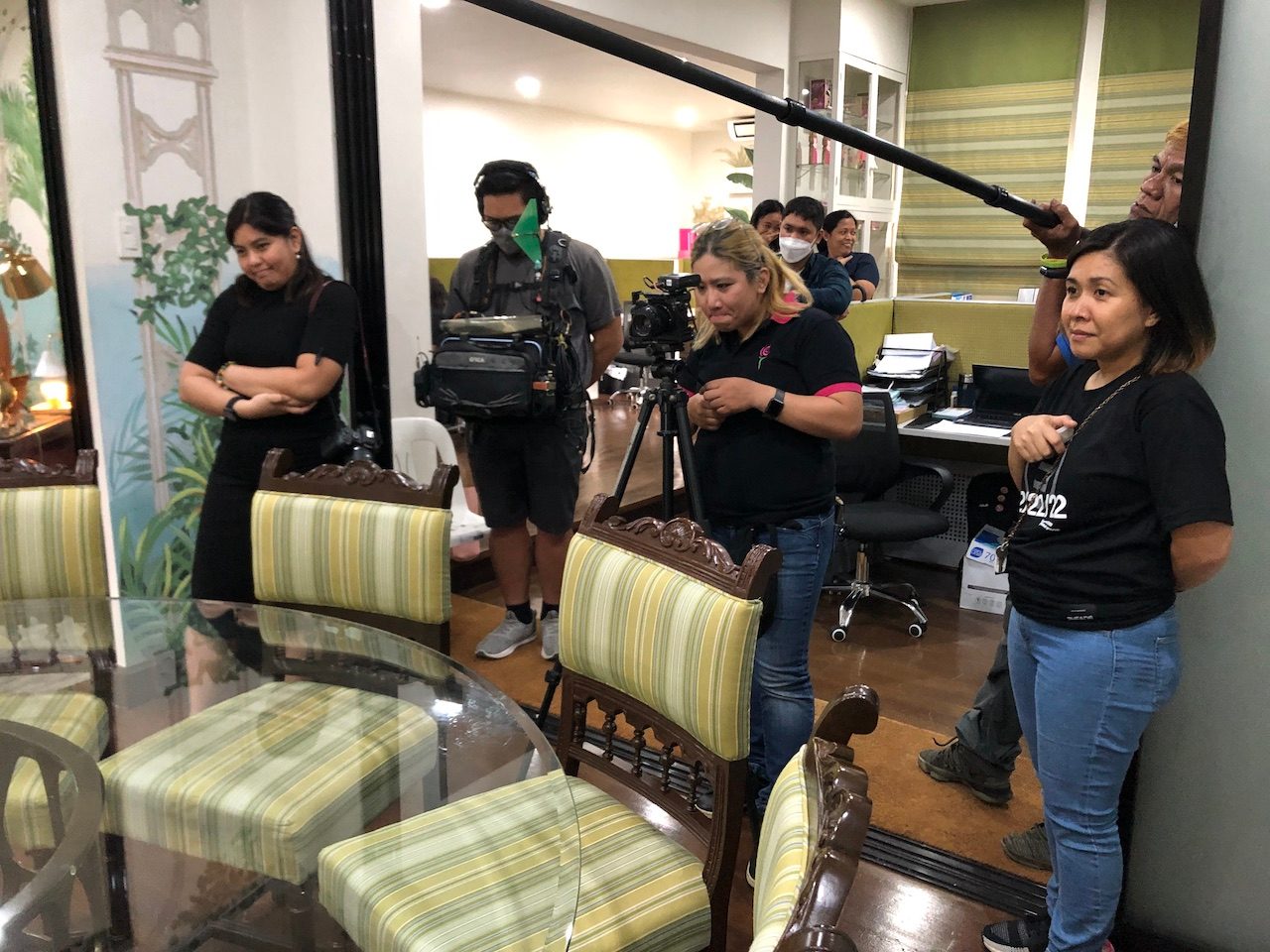
How long did it take to complete the film? What were the challenges during the production?
My producer would always claim that it is seven years in the making. I’m afraid to claim it because I have to live up to some expectations. We have footage from 2016 and we went back to filming in early 2021. I just have to stop filming for the Cinemalaya premiere, of course. I might have a director’s cut because the story is still ongoing, actually.
Challenges, there are a lot but I’ll enumerate three for you.
First, time and money. I think this is always a concern for everyone in filmmaking, but process-wise, there is a huge difference between docu and fiction. We were filming prior, so we had to shell out our own funds before getting the grants that we got. These are all government grants, which also entail a tedious process from release to liquidation. My producer would always compare how international grants are being processed here and abroad. But of course, nonetheless, we are thankful for the monetary support we got. For time, how I wish I could suspend my life and just film every day. My producer and I both have day jobs on top of this project. Since documentary filmmaking is not a lucrative career, we both have to [make] a living while pursuing our passion projects. For me, it was filming in between classes or during school breaks.
Second, credibility. We have been quietly filming this since 2021. Our simple gears are on a run-and-go set-up; and [we’ve been] called a vlogger in the community when [locals] saw me and my team with a camera. We filmed in fish ports, during election day, in different communities, within court premises, church activities, etc. Following a drug war story would entail also shooting side by side [with] mainstream media — reporters, photojournalists, and photographers, both local and international. And then, you’re there as an independent filmmaker, with your small gear tip-toeing in this arena.
Bawal mag-shoot (Shooting is prohibited) – there were a lot of instances of this. I sometimes oblige. But above all, these are only little challenges. I always think that there’s [something] bigger at stake in making this documentary. I always have to think of my Marias, their safety, and respect what they really want. I am just a storyteller.
I’ve learned that you’re a development worker and educator. How did it inform your vision for ‘Maria?‘
Yes, I am and always will be. I worked in an NGO right after college and then pursued filmmaking. I only embraced filmmaking full-time before I did my first feature. I like to think that this is my core as a filmmaker. I want to make films that punch deep into your soul, challenge the existing norm, and be a voice of the marginalized sector, so we can have a better society. I think I will never get tired of that.
As an educator and filmmaker at the same time, I think this is a good combination. I find teaching therapeutic for me in between filming Maria. I have wonderful and very competitive students and it continues to challenge me to become a more responsible filmmaker.
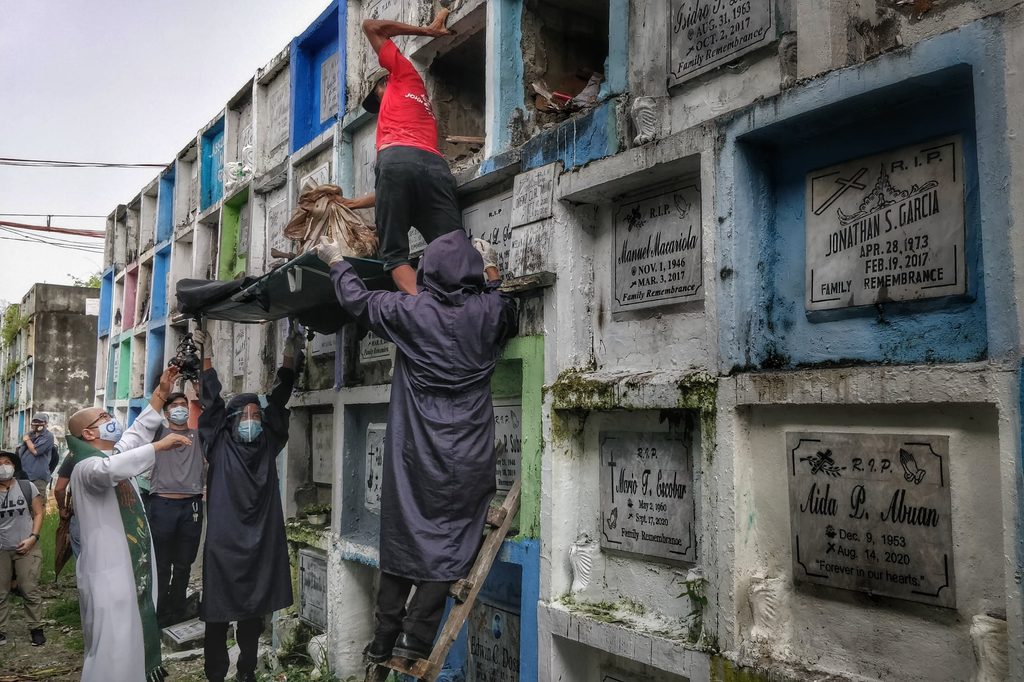
I’m curious if there was any image or moment that stuck with you when you were following your subjects during the development of the film?
It reached a point where filming in a cemetery became a norm for me, and seeing exhumed bodies or remains at 8 am also became normal.
As a woman and filmmaker, how important is this story for you?
I followed the stories of my Marias, which resonated [with] me, [showing] women’s role in nation-building from a micro to macro perspective. These courageous women in my film are the ones left, seven years after the drug war. Who are they? What are they searching for? I followed their story in the hopes also of looking into the future of our motherland. If you notice, the majority of documentary filmmakers in the Philippines are women. Maybe because it takes the qualities and sensitivity of women to bring issues of our society “on the table,” so we can act on it. – Rappler.com
Add a comment
How does this make you feel?
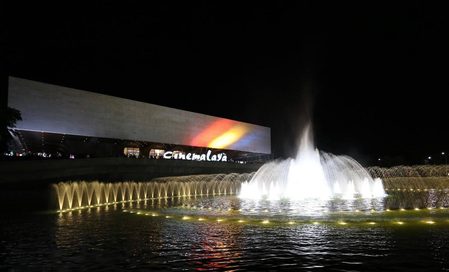
![[Only IN Hollywood] After a thousand cuts, and so it begins for Ramona Diaz and Maria Ressa](https://www.rappler.com/tachyon/2024/02/Leni-18.jpg?resize=257%2C257&crop=262px%2C0px%2C720px%2C720px)
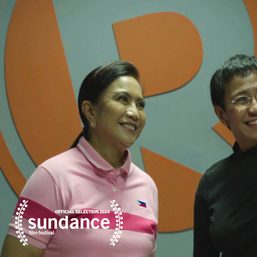
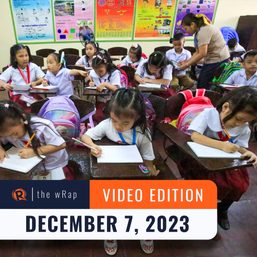
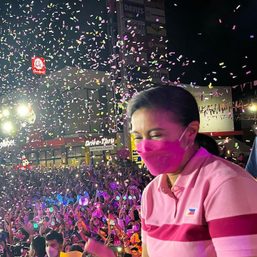
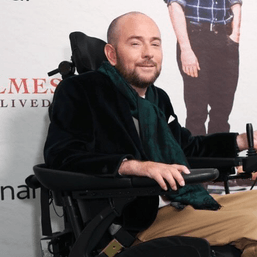

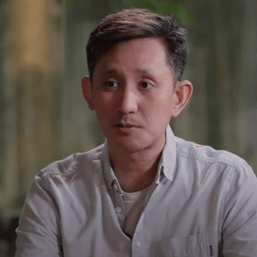
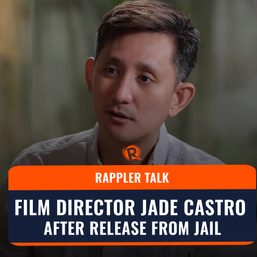

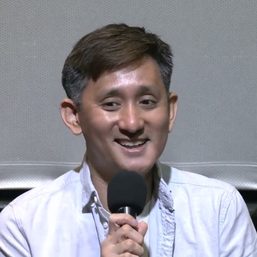
There are no comments yet. Add your comment to start the conversation.